Lake To Lake

Yellow direction arrows (and aluminum blazes) mark the trail.
Log Photos
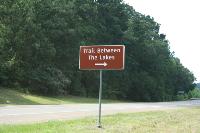
Direction Sign

Display Map
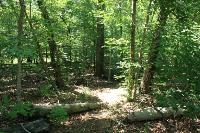
Trailhead
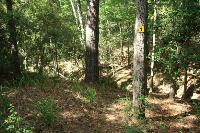
View Of The Trail
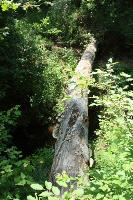
Log Crossings
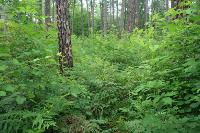
Overgrown Foliage

Can You Find The Trail?
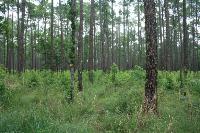
Exercise Caution
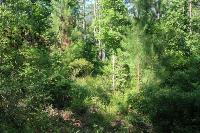
Poorly Maintained
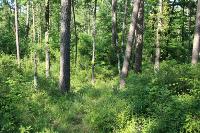
Easy To Get Lost
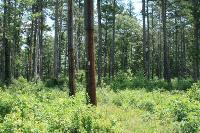
Another View Of The Trail
Area around Trail Between The Lakes